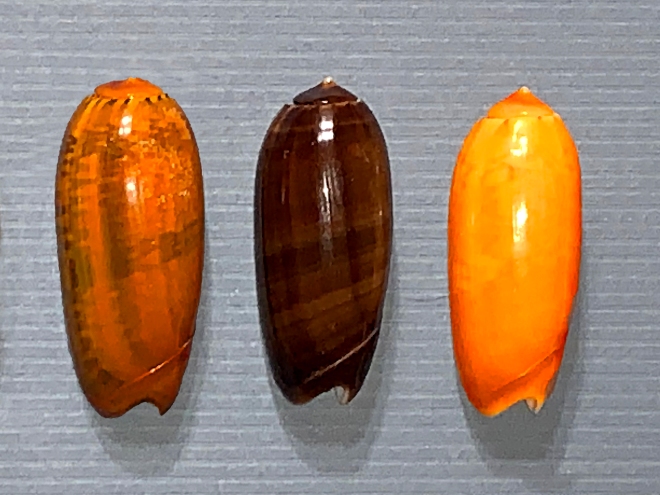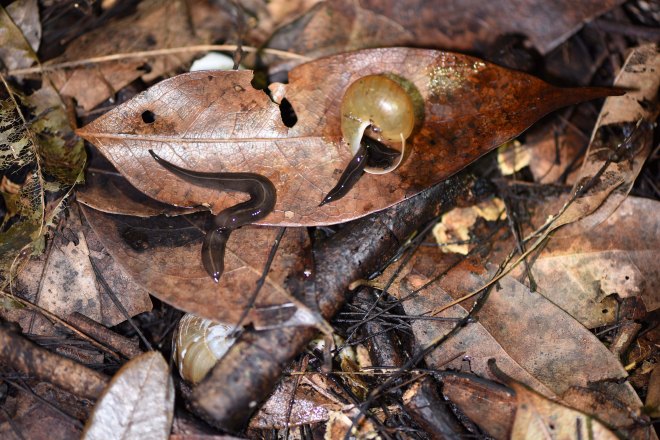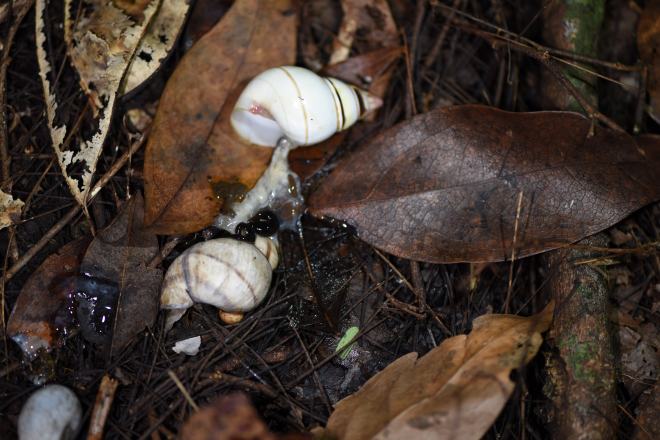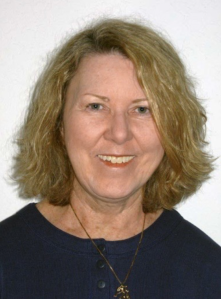Author: richkent88
February Meeting
Title: Ecological interactions between marine macrophytes and small invertebrate epifauna in tropical shallow coastal systems
Synopsis: Marine macrophytes form biogenic habitats that maintain the biodiversity of marine coastal systems, especially for small invertebrate epifauna that maintain essential ecosystem functions. These macrophyte-invertebrate interactions are prevalent in shallow coastal systems, including subtidal seagrass beds and intertidal sandy beaches. These shallow coastal systems are also challenged with periodic influxes of pelagic Sargassum, a region-wide issue affecting much of the Caribbean, including South Florida, since 2011. Though these Sargassum influxes occur periodically, we know very little about how these influxes affect the local macrophyte and invertebrate epifaunal communities. This upcoming meeting will provide an update on research related to macrophyte-invertebrate interactions in shallow coastal systems. Current findings of ongoing research and further opportunities of investigation, particularly with effects of Sargassum influxes, will be discussed.
Biography: Lowell Andrew Iporac is a Ph.D Candidate at Florida International University’s (FIU) Biology Doctoral Program. Lowell obtained his B.A. in Biology from California State University, San Bernardino, where he completed four different undergraduate projects. Among those four research projects, it was an internship at Shannon Point Marine Center that sparked his interest in marine biology. Upon moving to FIU, he joined the Marine Macroalgae Research Lab (MMRL) with Dr. Ligia Collado-Vides in 2016. When not doing his research, Lowell likes snorkeling, diving, hiking, and playing with his Nintendo Switch.
Recap of Aplys1a Lab Field Trip
Phillip Gillette, our speaker for August 2019, offered our members a tour of the Aplysia Marine Lab at Rosensteil School of Marine and Atmospheric Science on Virginia Key, Miami. So, on November 10, about 14 members of our club went to the National resource for Aplysia Lab. This lab is the only one in the country to raise Aplysia californica from egg to adult. They keep stringent records and know lines of ancestors. Since the Aplysia hatches to a veliger, raising them is extremely labor intensive. The water needs to be kept clean, the animals need to be fed daily and the veligers need constant turning so as not to settle prematurely.
Aplysia californica is an extremely important animal for neuro research. The ganglia are the largest in the animal kingdom and scientists can work with them easier than other animals.
Phillip gave us a great tour and we are very grateful he gave us this opportunity.
Before we even got to the time to meet, our members were fossil hunting in the parking lot.
SHELL OF THE MONTH – JANUARY 2020
January Meeting
Our Program for this January is our own Tom Ball. Tom will be giving us a program on Musical Shells. Tom is a musician himself, playing piano, singing opera and appearing in at least two Florida Grand Opera productions a year. He has been in Barbershop Quartets, sings in Church Choirs and in many other choral groups. Tom also composes scores and writes music.
It is no surprise then that Tom collects shells with musical connotations. Shells named for an instrument, a composer, a musician, a musical opera, score or anything musical. You will be surprised at all the shells he has encountered.
Tom gave us a similar program about 5 years ago but since we have so many new members, I thought it would be enjoyable for our new members and since he has much new material he has added, even those who have seen it once will enjoy seeing it again.
November 2019 program
 Dr. Tim Collins is a Professor and the Graduate Program Director in the Department of Biological Sciences at Florida International University. Dr. Collins received his B.S. degree from the University of Maryland, and his Ph.D. from Yale University. Dr. Collins is an evolutionary biologist working primarily on molluscs, and is particularly interested in applying his skills to solve practical problems.
Dr. Tim Collins is a Professor and the Graduate Program Director in the Department of Biological Sciences at Florida International University. Dr. Collins received his B.S. degree from the University of Maryland, and his Ph.D. from Yale University. Dr. Collins is an evolutionary biologist working primarily on molluscs, and is particularly interested in applying his skills to solve practical problems.
I met Dr. Collins at the screening of the Changing Seas episode “Cryptic Critters” from Season 10, with Dr. Rüdiger Bieler and his wife Dr. Petra Sierwald. Tim ran the DNA work on the new wormsnail from the Florida Keys, which turned out to be the new species, Thylacodes vandyensis Bieler, Rawlings & Collins, 2017.
Dr. Collins is presently working on the invasive species of flatworm, Platydemus manokwari De Beauchamp, 1963, and tonight he will tell us about his studies with this flatworm and why it is dangerous to our local species.
The non-native terrestrial New Guinea Flatworm (NGF, Platydemus manokwari) was discovered in Florida in 2015. In other parts of the world where it has been introduced, it has been considered the cause of extinction and/or dramatic decline of native species, particularly land snails, and for this reason is considered one of the World’s 100 worst invasive species. We have observed large-scale predation events on native Florida tree snails by Platydemus sp. for example, on our iconic native tree snails, Liguus and Orthalicus in the Castellow Hammock Preserve (see photos). In my talk I will discuss the possible effects of NGF on both native and non-native snails in Florida, as well as possible ways to limit the spread and effects of this new invasive species.
Please come and welcome Dr. Tim Collins to his first program for our club. Don’t forget to bring a snack if you have not done so this year.
SHELL OF THE MONTH – NOVEMBER 2019
Rosensteil School of Atmospheric and Marine Science Field Trip
We are having a field trip to the Aplysia lab at the Rosensteil School of Atmospheric and Marine Science. The Date is November 10 and you can sign up at the October meeting. Call me at 561-386-5036 or e-mail me at Marshalldg@aol.com. Put field trip in the subject line. There is no charge for this field trip, but you must get there on your own. We will meet at the gates of RSMAS at 9:45 a.m. You will be asked to sign a hold harmless waiver before entry.
We have been to this facility before and our August speaker Phillip Gillette has kindly offered to allow us to visit the lab. You will see how the Aplysia are kept and he may even allow you to gently hold one. We’ll see on that one. Last time we went to the lab we gathered at a nearby restaurant for lunch and then went shelling. So, a nice day is planned.
This is a limited person trip and only 20 members will be allowed to go, so sign up or call soon.
Black Water Diving by Linda Ianniello.
You asked and Linda answered yes. Linda Ianniello gave us a magnificent program on Black Water Diving in May of 2017 and you wanted more.
What is Black Water Diving you ask? A group of divers go out in the dark of the night and dive over 500 feet of water where the largest daily migration takes place. Small sea creatuures come from the depths to feed closer to the surface and the underwater photographers are waiting. In a holding formation 40 feet deep and drifting with the currents, the photographers take photos of minute sea creatures that come to the surface. Tiny veligers of shrimp, lobster, fish and mollusks. Most under half an inch. Linda has a new program and I guarantee you will be awed at the photography and the beautiful creatures captured by her camera.
Since she was here last, Linda, along with her dive buddy Susan Mears has written a book Black Water Creatures. She will have a few copies of her book with her to sell.
Please join us for an unforgettable program
SHELL OF THE MONTH – OCTOBER 2019

A big mystery in the shell world is why do certain olives cover their pattern with a layer of color, most always black or orange? It is as if they are getting ready to celebrate Halloween!
For our October Shell of the Month we have three specimens of Oliva irisans Lamarck, 1811, one orange, one black and an unusual one overlaid with brown yet revealing the pattern underneath. Typical specimens, if there is such a thing, are whitish with faint overall mottling and big bold streaks of brown. Possibly the typical pattern has two interrupted brown bands instead.
Olives are scavengers, generally found burrowed in sand with just their siphon exposed. They are communal by nature and will share a meal. Up until anout10 years ago olives were abundant off the coast of Broward County. They were easily collected on the off shore sandbars that weould be exposed at low tide. After a heavy storm dozens would be found washed up on the beach. Wiith all the beach reconstructions and dredging in recent years, they are no more. On the west coast olives are still abundant.
Olives are fun to collect as there are so many species. Most are colorful, the patterns are interesting and varied and most all are small in size. Identifification is another story all together as olives are all so similar. Olives have been named and renamed so one needs a very current book to have the latest name. There is a good chance the name on the label of a specimen one bought few years ago is no longer valid.
Oliva irisans Lamarck, 1811is sometimes mislabeled as Oliva lignaria Marrat, 1868 as they are quite similar.. Irisans is distinguished by the heavy callous on the apex and spire. The color varieties of irisans all have individual names which are not currently recognized, but still used in the trade.
Two of the specimens are from the Philippines and the third is from Indonesia. They are matched in size and about gem in condition. Donated from the collection of Richard Kent







You must be logged in to post a comment.